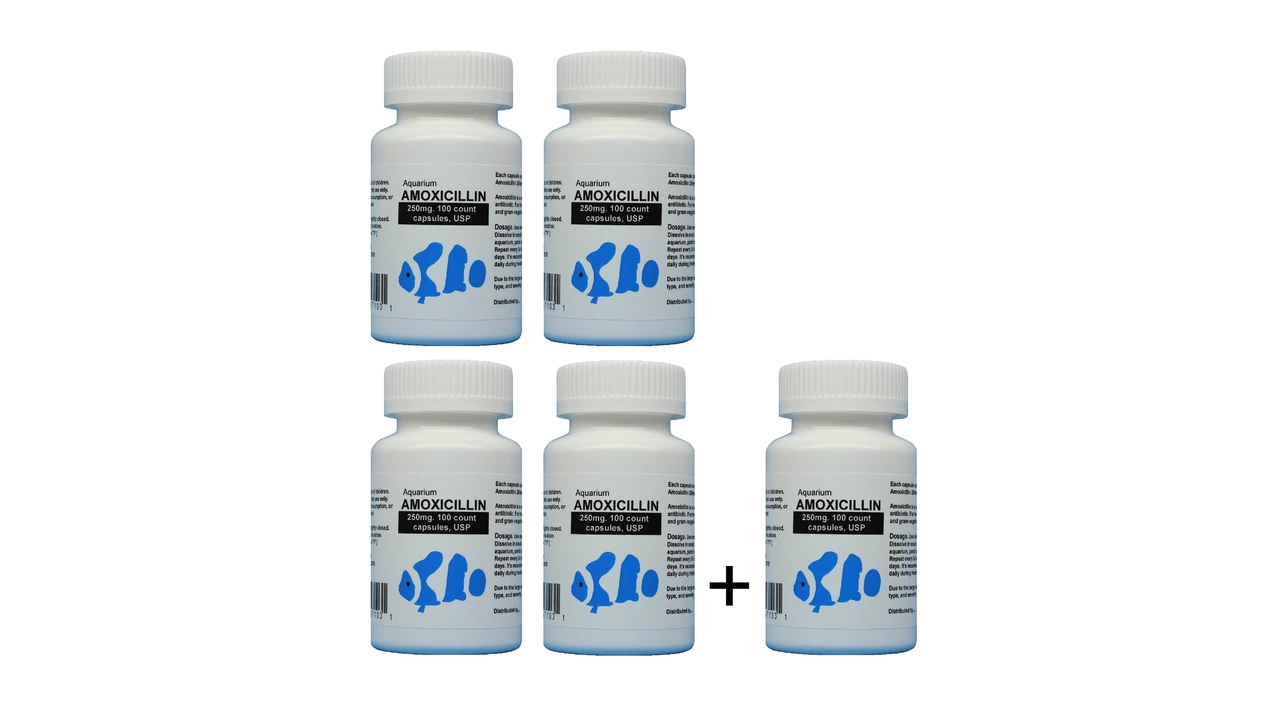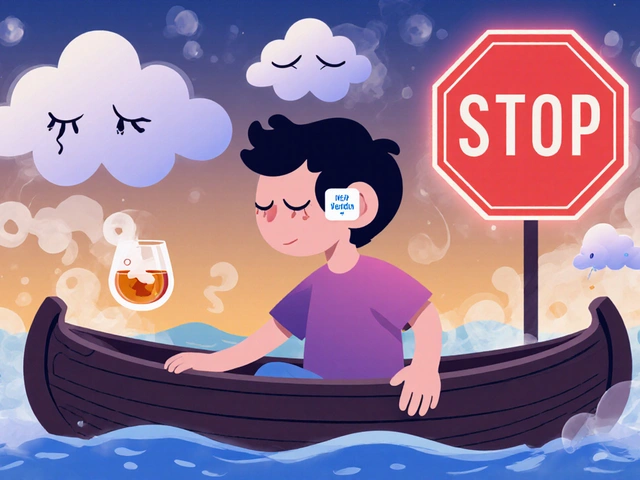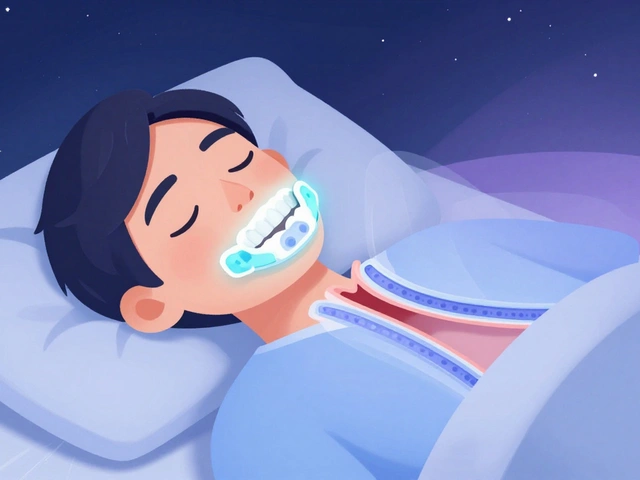Motherwort: The Hidden Gem of Dietary Supplements You Need to Try Today
May 13 2023Brucellosis treatment: what works and what to expect
Brucellosis is a bacterial infection you can catch from animals or unpasteurized dairy. It can cause fevers, sweats, joint pain and tiredness that last weeks or months. The good news: with the right antibiotics and follow-up most people recover. The tricky part is avoiding relapse and spotting complications early.
Common antibiotic regimens
Doctors usually treat brucellosis with a combination of antibiotics for several weeks. A commonly used plan is doxycycline 100 mg twice a day for six weeks plus rifampicin once a day for six weeks. Another effective option pairs doxycycline for six weeks with streptomycin given by injection for 2–3 weeks. These combinations reduce relapse risk compared with single antibiotics.
For children and people who can’t take doxycycline, doctors may use trimethoprim–sulfamethoxazole (co-trimoxazole) with rifampicin. Pregnant people typically avoid doxycycline; treatment choices are carefully weighed and usually guided by an infectious disease specialist.
If the infection involves a specific area—like bones and joints, the heart (endocarditis), or the brain—treatment often lasts longer and may include intravenous antibiotics or surgery to drain abscesses. Endocarditis is rare but serious and needs specialist care.
Preventing relapse and watching for complications
Relapse happens when treatment is too short, the wrong drugs are used, or the infection hides in bone or an abscess. To cut the risk, finish the full course exactly as prescribed and attend follow-up visits. Your doctor may repeat blood tests or order imaging if symptoms don’t fully resolve.
Watch for new or persistent fever, worsening joint pain, swelling, shortness of breath, or chest pain. Those signs can mean the infection is deeper and needs more aggressive treatment. If symptoms return after finishing therapy, contact your doctor quickly—early retreatment is simpler than handling an advanced relapse.
Simple self-care helps too: rest when you’re tired, stay hydrated, and use pain relievers as your doctor suggests. Keep a clear record of medications and dates so any new provider can see what you already tried.
On the prevention side, avoid raw milk and unpasteurized cheeses, wear gloves when handling livestock tissues, and follow veterinary advice for animals. Vaccines exist for animals in some countries but not routinely for people.
If you suspect brucellosis or were exposed to livestock or raw dairy and feel unwell, see a clinician who knows infectious diseases. Early diagnosis and the right antibiotic plan make recovery likely and reduce the chance of long-term problems.
 5 May
5 May
Ampicillin for the Treatment of Brucellosis: A Comprehensive Guide
As a blogger, I wanted to share my comprehensive guide on using Ampicillin for the treatment of Brucellosis. Ampicillin is an antibiotic that has proven to be effective in combating this bacterial infection, which affects both humans and animals. In my guide, I discuss the proper dosage and duration of treatment, as well as potential side effects and precautions to consider. I also explore alternative treatment options for those who may be allergic to Ampicillin or unable to take it for other reasons. Overall, I hope this guide serves as a valuable resource for anyone affected by Brucellosis and seeking information on Ampicillin as a treatment option.
Read More...




